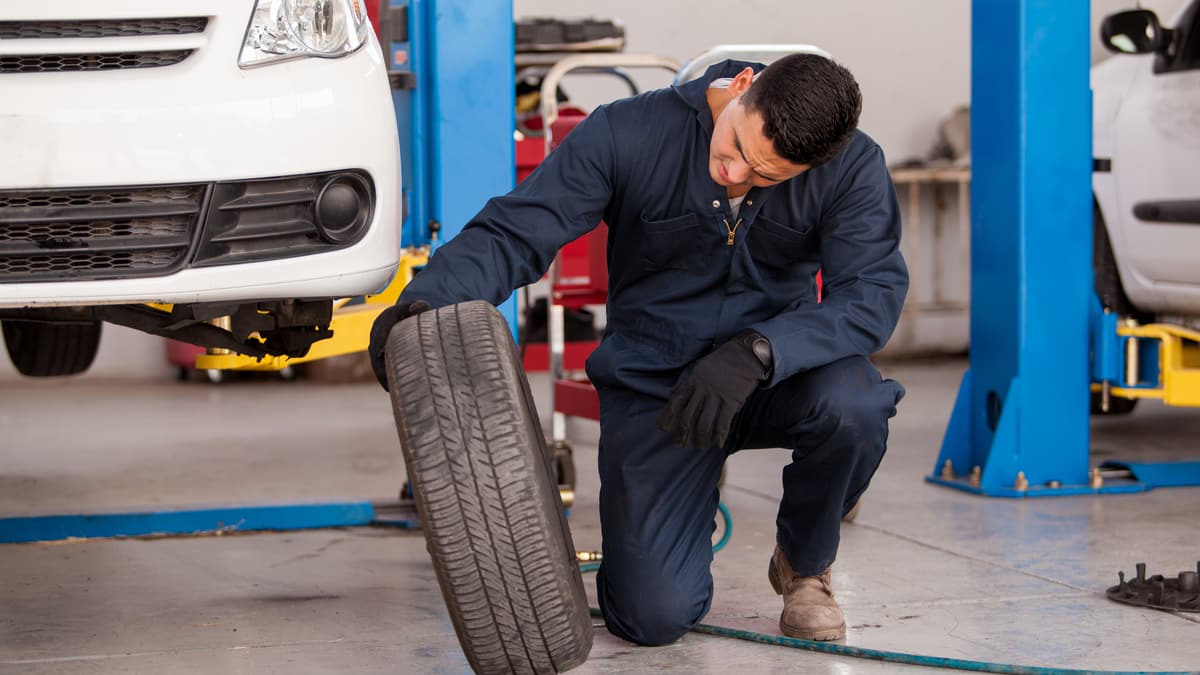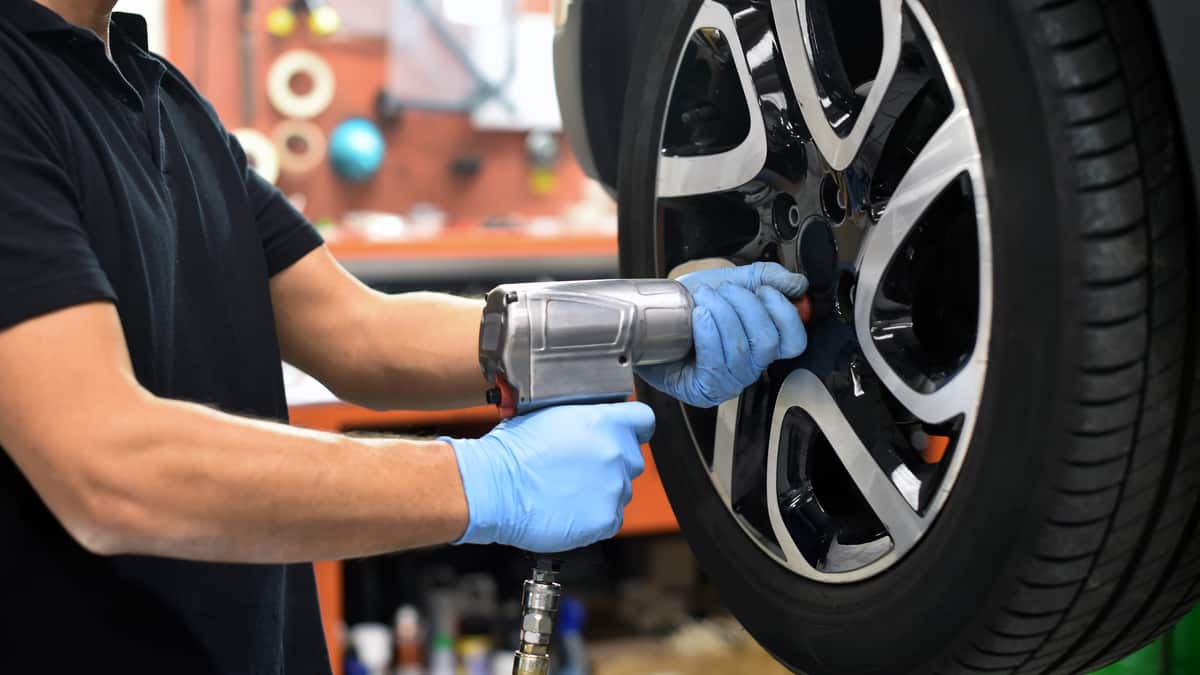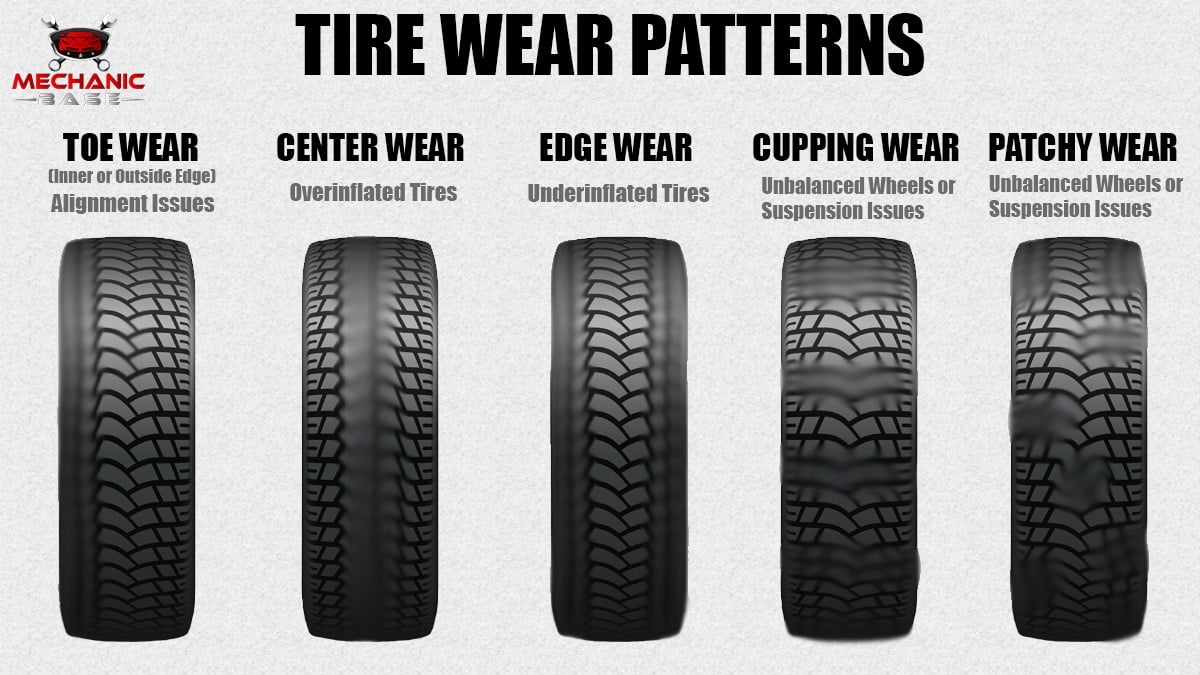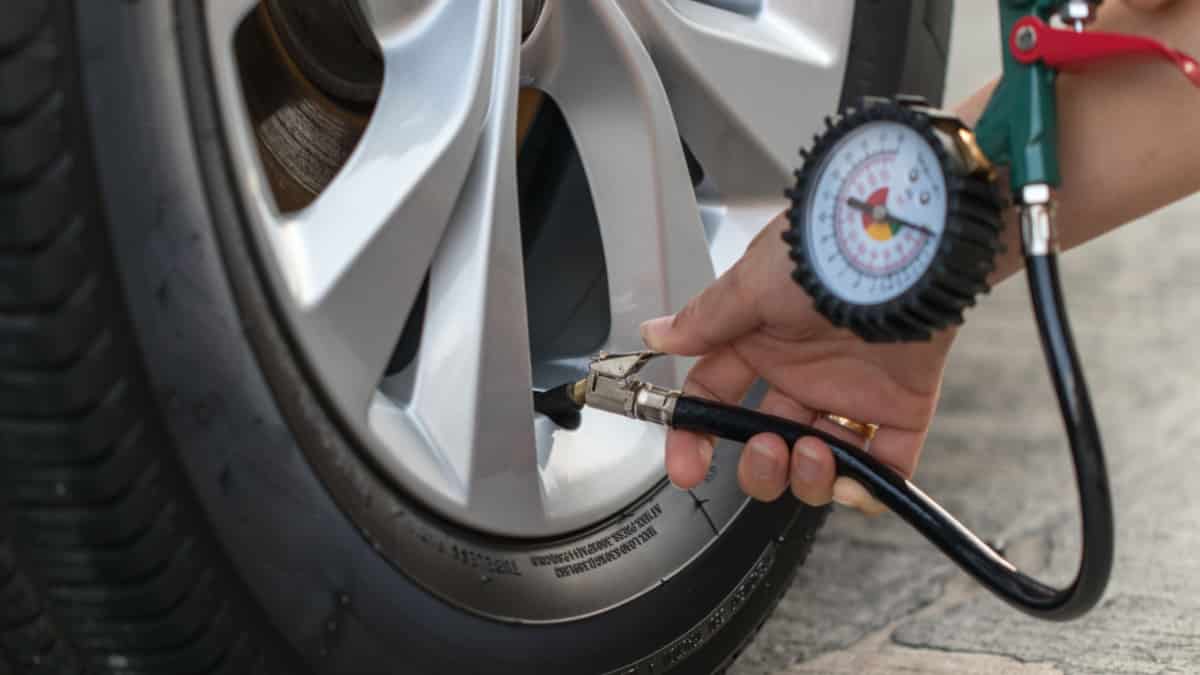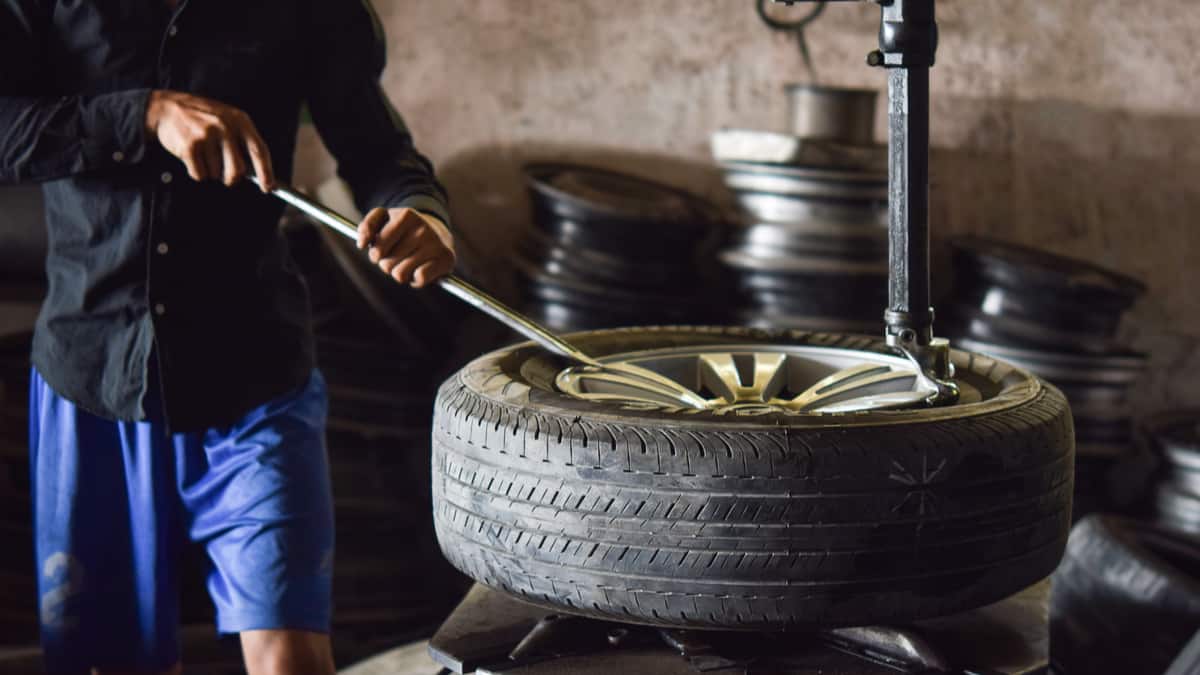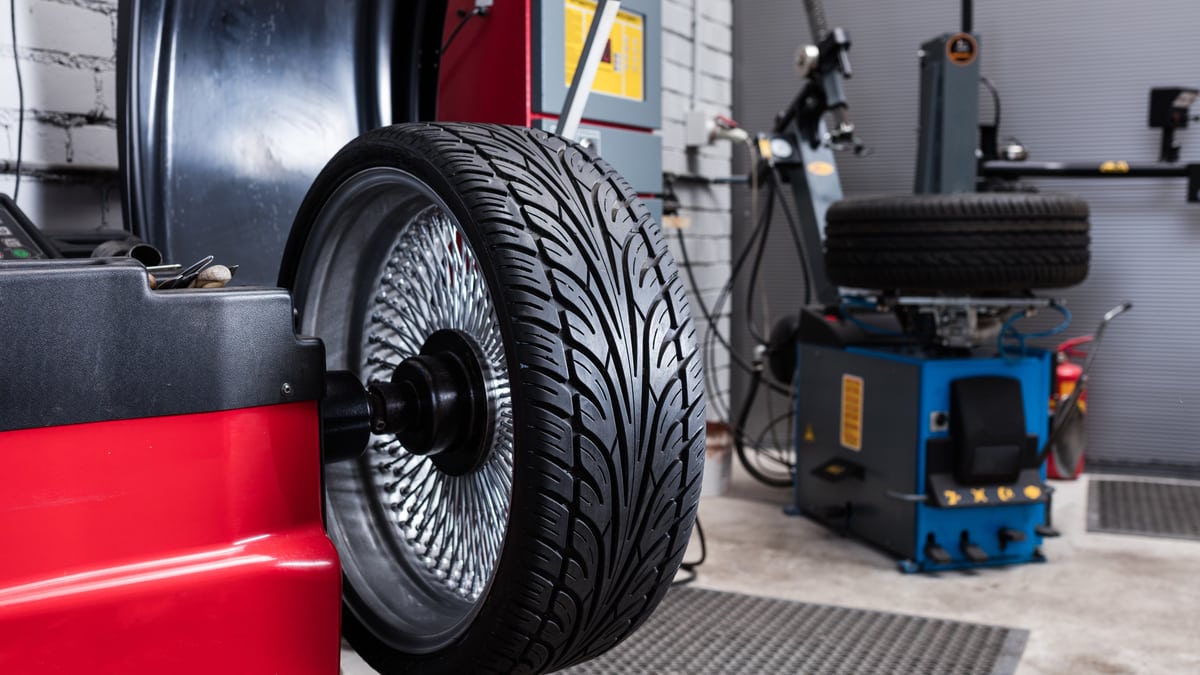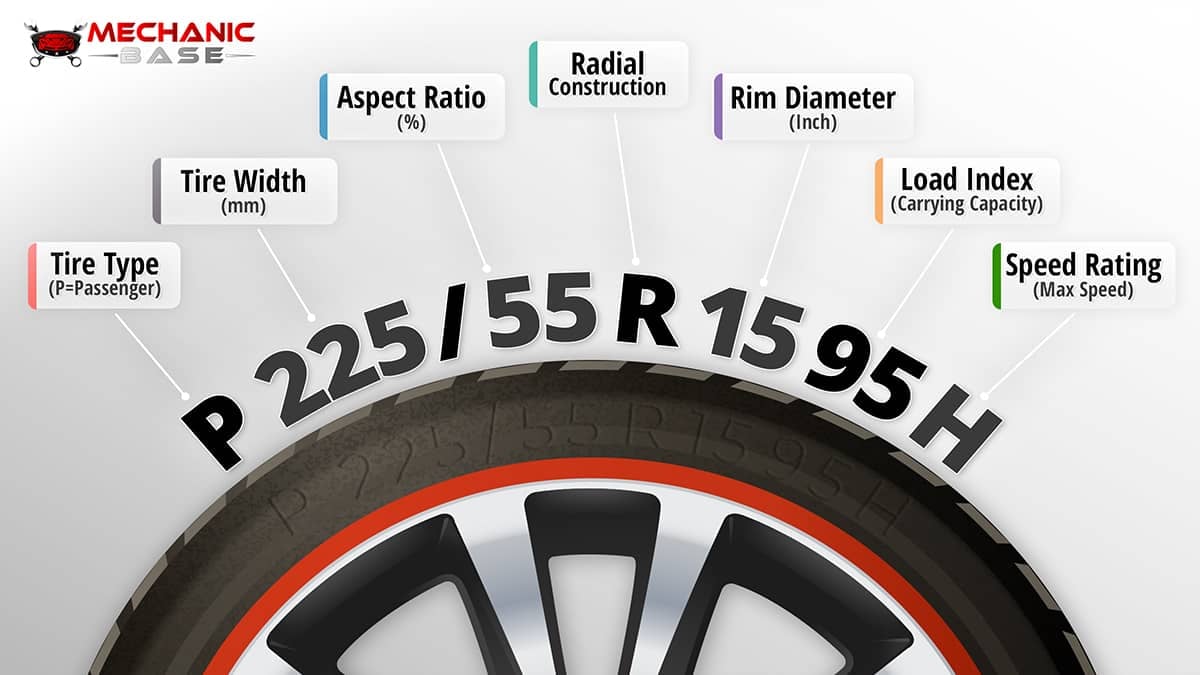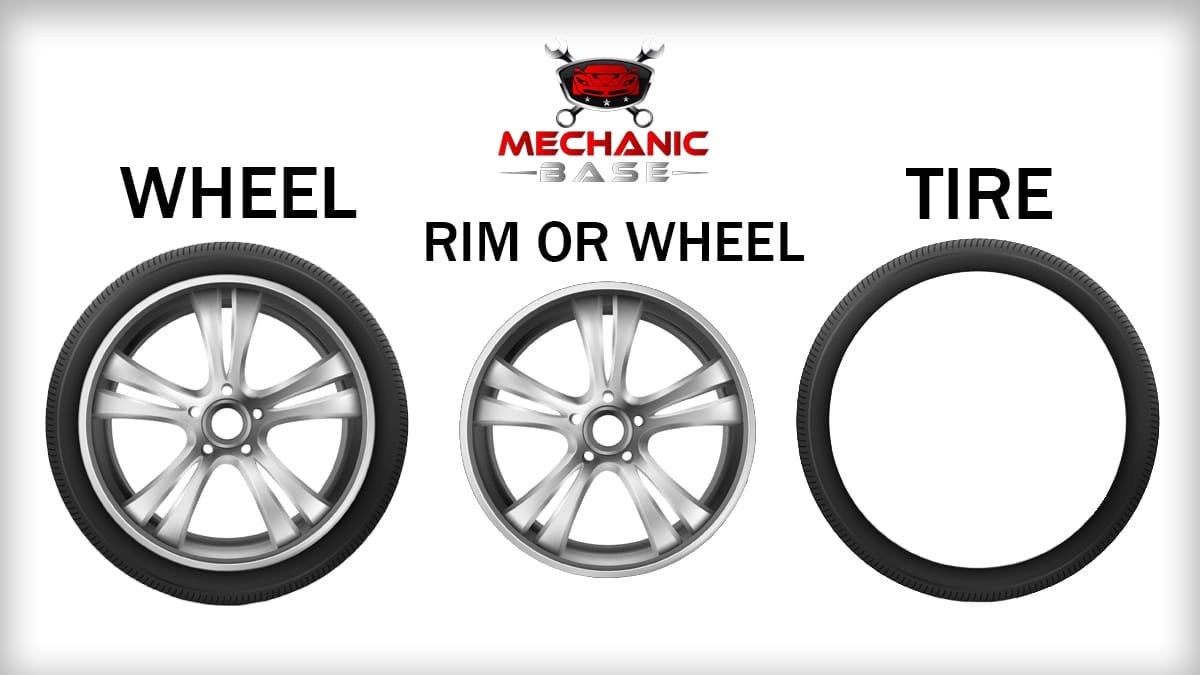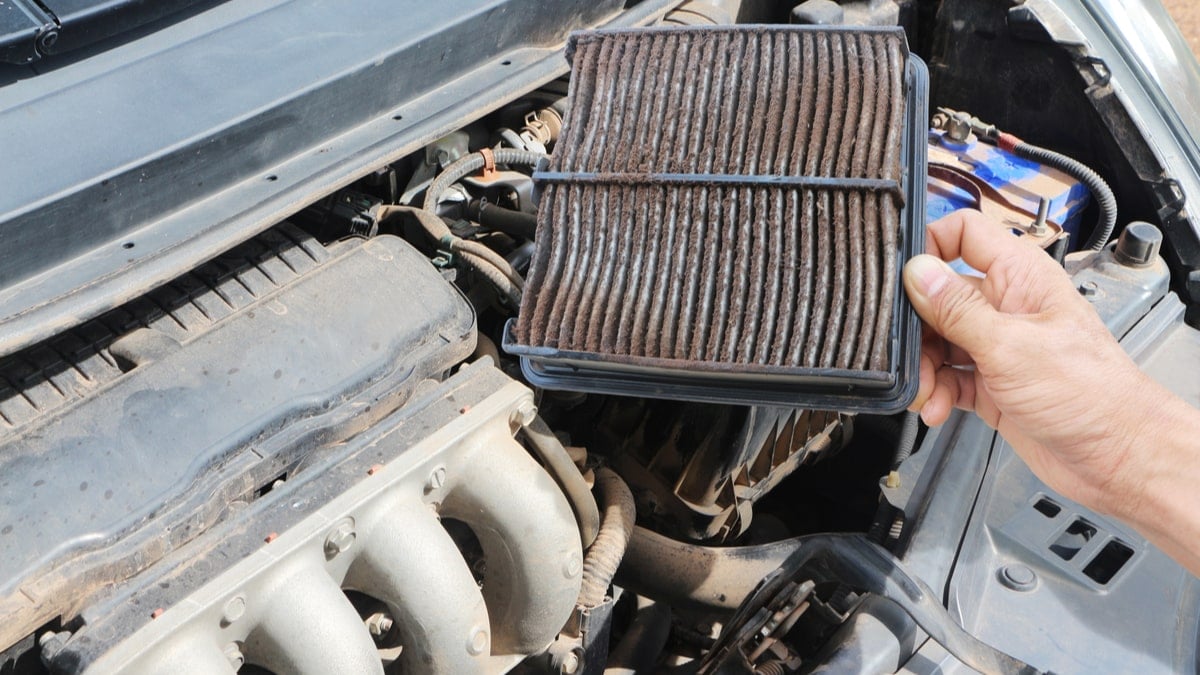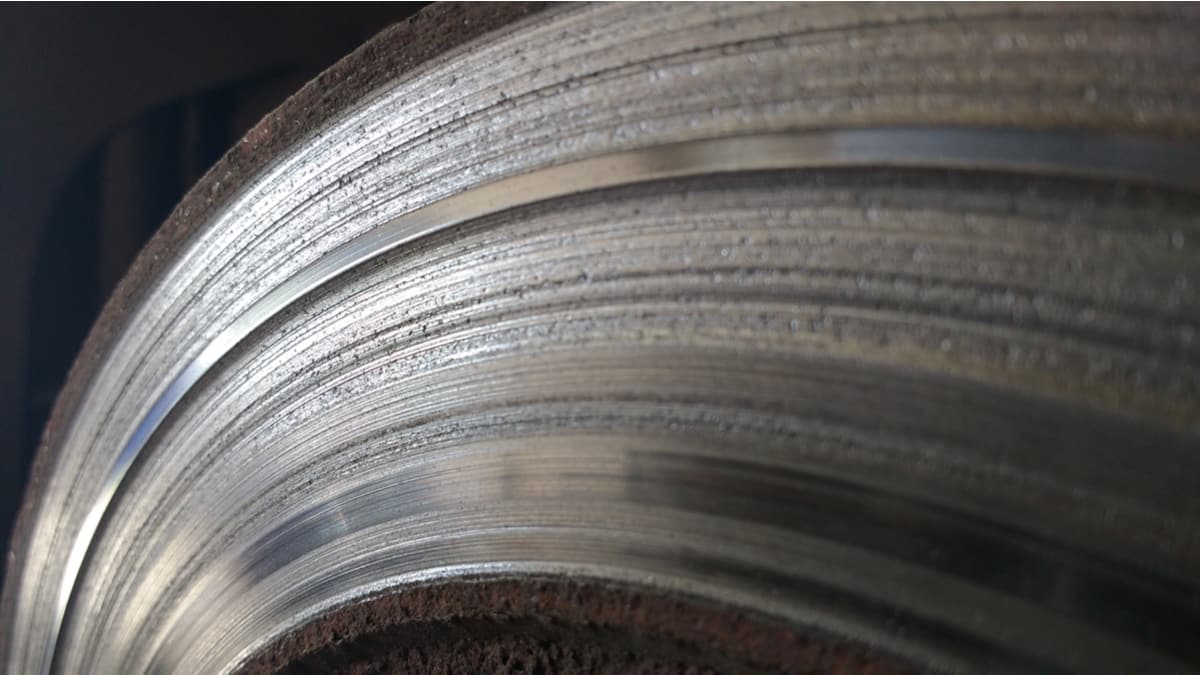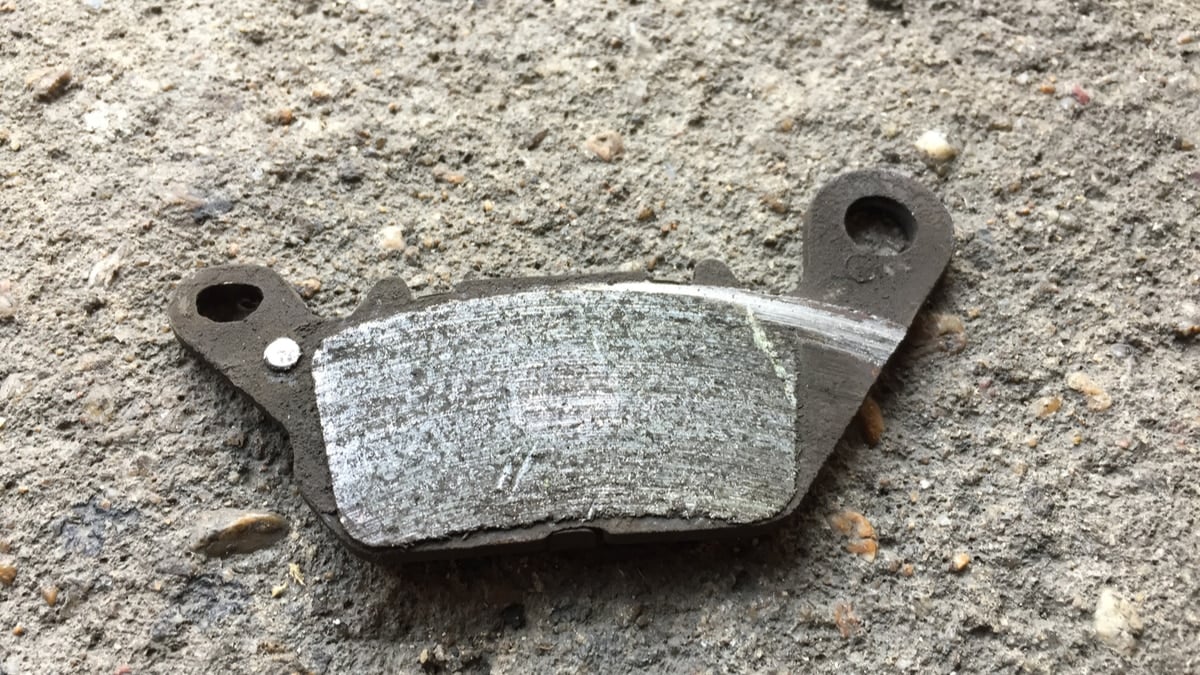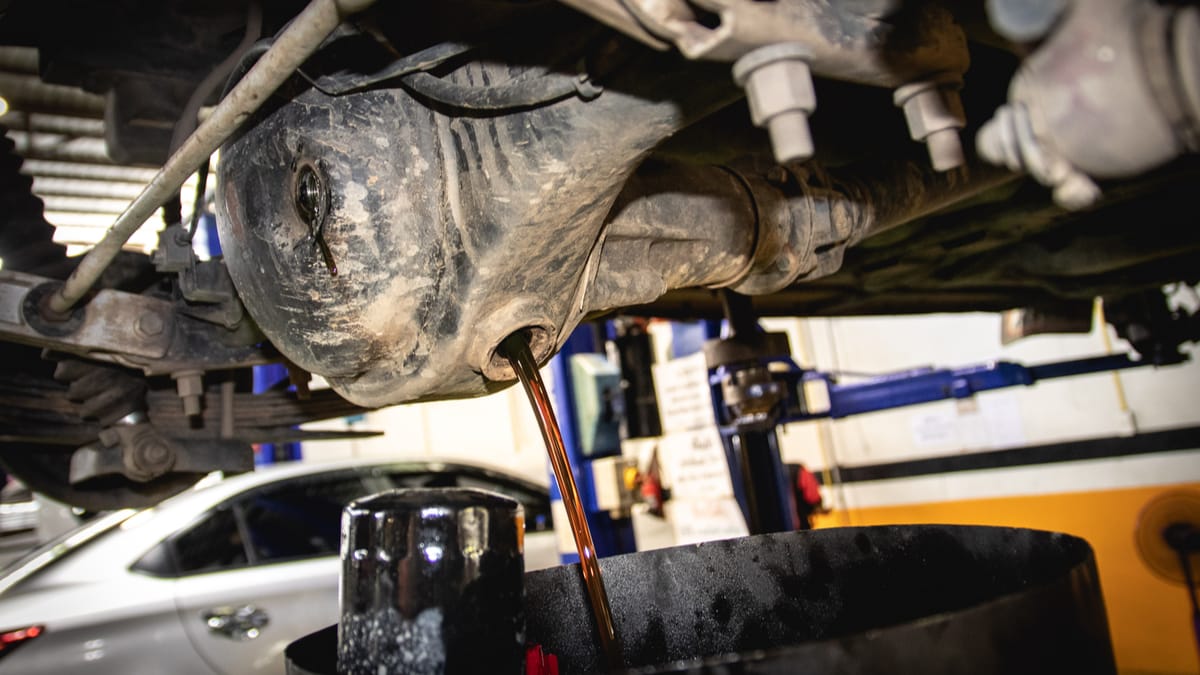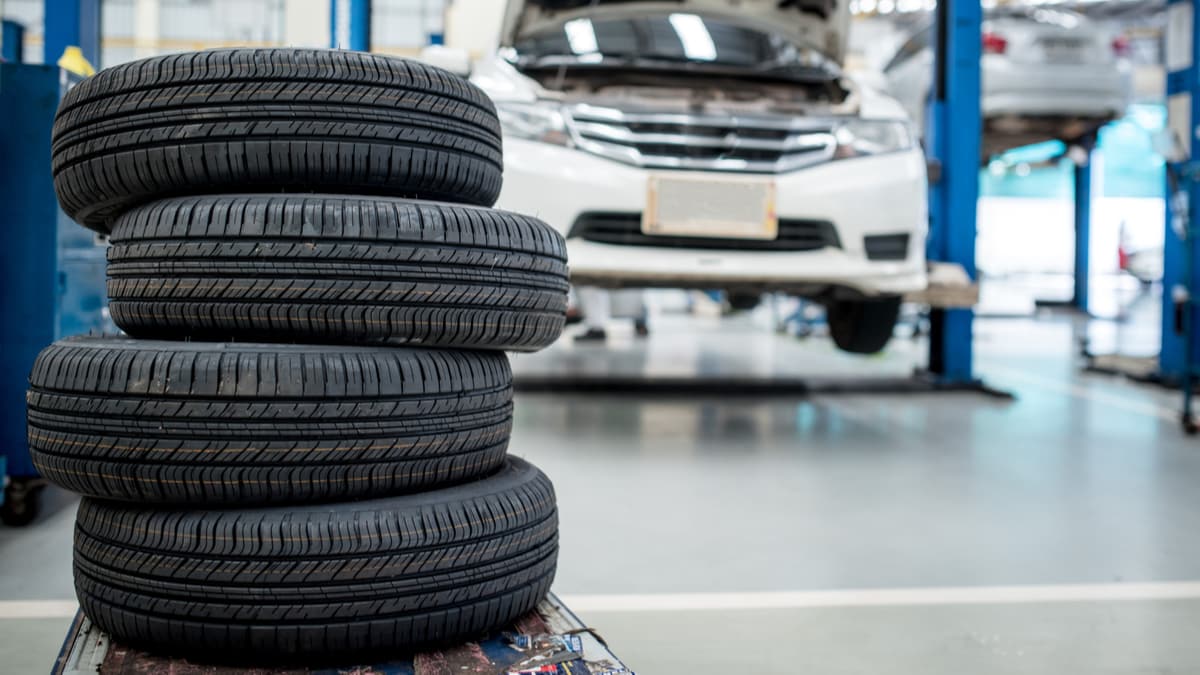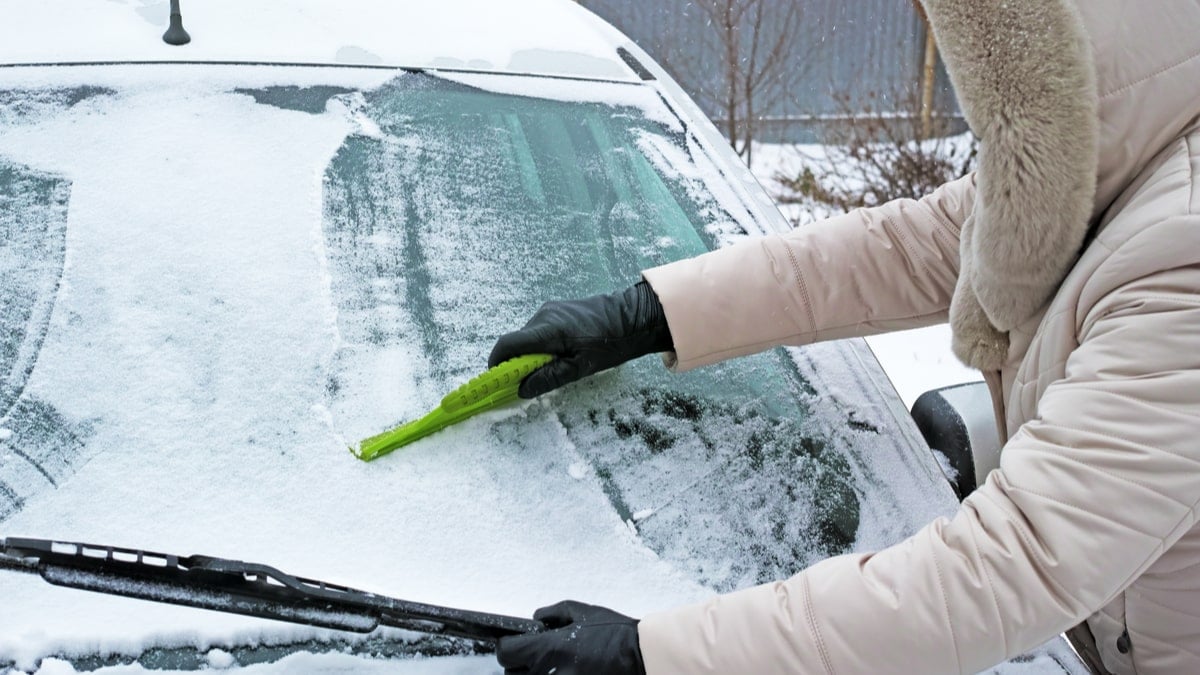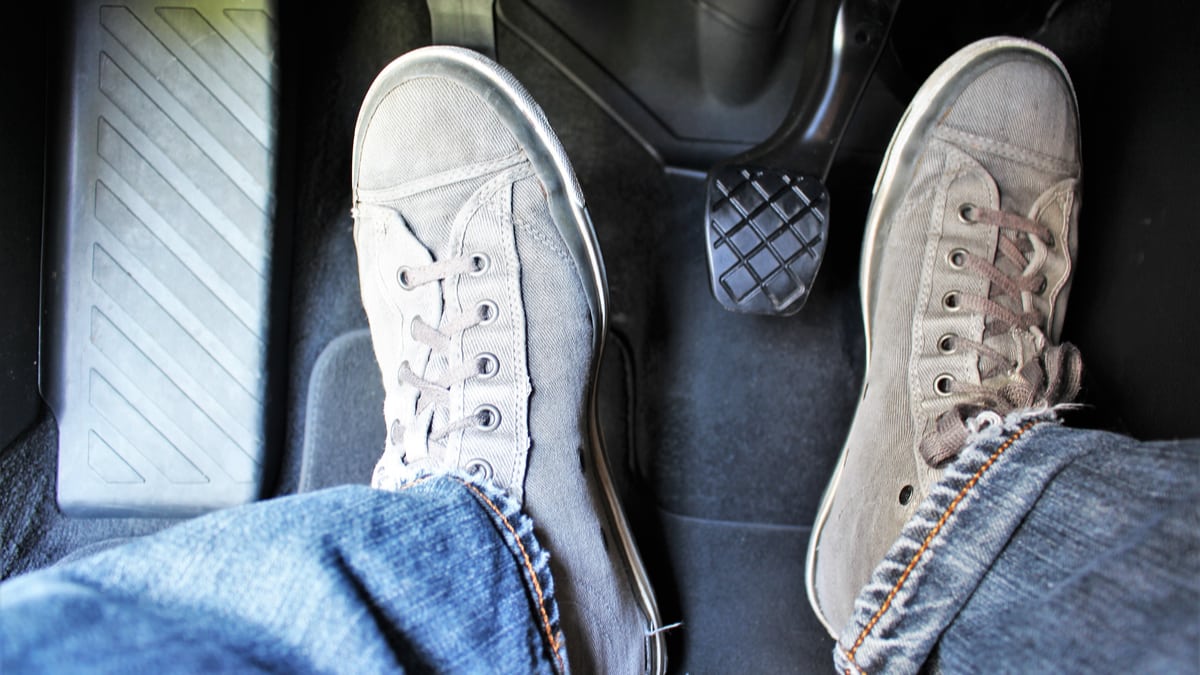One common maintenance task that must be done to your vehicle is the regular tire rotation. With this rotation, you keep the tires in their best condition. How often should you rotate your tires and how long does the process take?
We answer your top tire rotation questions in this article. Not only do we look at what the tire rotation is and why it’s important, but we also give you a general suggestion on how often it should be done.
How Often Should You Rotate Your Tires?
The majority of automakers and tire manufacturers recommend having the tires rotated every 5,000 to 7,500 miles or every six months. There are some exceptions to these rules, which is why it’s important to reference your car owner’s manual for more guidance.
The way you drive and the type of tires you have can also change the frequency. To be safe, you might prefer to have the tires rotated every time you get the oil changed.
What is a Tire Rotation?
The tire rotation involves moving the tires to a new position on the vehicle. By rotating the placement, you help the tread wear more evenly across the board.
With all vehicles, the tires are going to wear at different rates. If you were to leave them where they are all the time, some of the tires would wear out faster than the others.
How Long Does Tire Rotation Take?
Tire rotation is a fast maintenance service that doesn’t require a lot of waiting around. If you visit a professional tire shop, you can get the tire pressures checked and a rotation performed in 30 minutes or less.
At these professional shops, you can also count on them to find problems with the tires you might not have noticed. With these regular inspections, you can ensure better on-road safety.
However, it’s also possible to do your own tire rotations in your home garage. Because you probably don’t have the same lifts and equipment, this tire rotation could actually take more time, although it will save you a little bit of money.
READ MORE: How Much Does a Tire Rotation Cost? (& Is it worth it?)
What Happens During a Tire Rotation?
If you’ve chosen to go the route of getting a professional tire rotation, the process is usually the same. The technician will first inspect all of the tires and adjust the pressures as needed.
Then, the tech switches the placement of the tires based on the pattern that’s right for your vehicle. If they aren’t swapped correctly, damage could occur.
Tire Rotation Patterns
1. Front-to-Rear
If your tires are wearing normally, this is the best option. It’s also a good plan with directional tread, meaning the tires are only meant to roll in a particular location. For this reason, you won’t be able to switch sides.
Instead, the rear tires are going to move to the front of the vehicle. These tires will remain on the same side, while the front tires will move to the corresponding rear.
RELATED: Tires Wear on Outside Edge – Causes & How to Fix
2. Forward Cross
If you have a front-drive vehicle, you might need to have the forward cross rotation. In this pattern, the front tires are going to move straight back to the corresponding rear side.
However, the rear tires will cross over and be placed on the opposite sides of the front axle. You will want to do this when the tires aren’t directional and the rear tires are showing uneven amounts of wear.
3. Rearward Cross
This pattern can be used with the rear-wheel, all-wheel or four-wheel drive vehicle. With this method, you move the rear tires straight up to the corresponding front position.
In exchange, the front tires will cross to the opposite position in the rear. You can use this when there’s uneven wear to the front tires especially.
4. X Pattern
The X pattern works with any type of vehicle. It’s best if you notice uneven wear and you don’t have directional tires.
In this pattern, the front tires are going to crisscross to the back of the car. In return, the rear wheels will also crisscross back to the front.
5. Side-to-Side
If you have wheels that are different sizes on the front and back, your options will be limited. You obviously can’t move them from the front to back and vice versa.
Instead, you will switch sides on the front tires. The same will be done with the back wheels. Again, this only works if the tire tread isn’t directional.
Benefits of Tire Rotation
1. Tires Wear Evenly
The most obvious reason to get your tire rotations done regularly is to keep the tread even. You have spent good money on the tires, so you don’t want to replace them prematurely.
However, the tires wear differently based on their position on the vehicle. Different wheels are responsible for various actions, causing more wear to the tires at times. If you rotate the tires, each of them has the opportunity to take the brunt of the wear, thereby creating an even pattern in the end.
Even if you can get a minimal amount of miles out of the tires, the rotation is worth the cost. The service doesn’t even take long to accomplish, so you aren’t wasting your time. If you bundle it with other services, such as the regular oil change, you won’t even notice that it got done.
RELATED: Inner Tire Wear – Causes & How to Fix it
2. Increased Handling
As the tire tread wears, there will be less grip to the road. If the weather turns bad, you could have compromised safety as the tires start to slip instead of remaining planted on the road. You also need decent tire tread to accelerate normally and stop the vehicle when you push the brake pedal.
As the tire tread wears unevenly, you may also notice trouble cornering. Proper tread health is needed to keep the vehicle balanced and in control. The last thing you want to do is lose control over the vehicle when you need it the most.
3. Tread Cupping is Prevented
Tire cupping looks like someone took an ice cream scoop and removed chunks of the tread every few inches. It’s also referred to as scalloped tires.
Either way, if the tread begins cupping, you are going to notice a bouncing motion as you head down the road. Because there’s a reduction in traction with this situation, your driving is no longer safe. Not only that, but the cupping can create an irritating vibration and noise. Instead of getting a tire rotation, you will likely need new tires.
4. Components Last Longer
If the tires wear out, the ride becomes rougher. This rough ride is going to lead to other failures you don’t want to deal with. By keeping the tires rotated, you won’t have to worry about premature wear to the other car components.
For example, uneven tire tread can put more wear on the brakes. It can also cause damage to the wheel bearings, axles, wheels and the suspension. What would only cost a minimal amount of money to get a tire rotation could quickly turn into a massive repair bill because of neglect.
Categories: Maintenance, Tires
